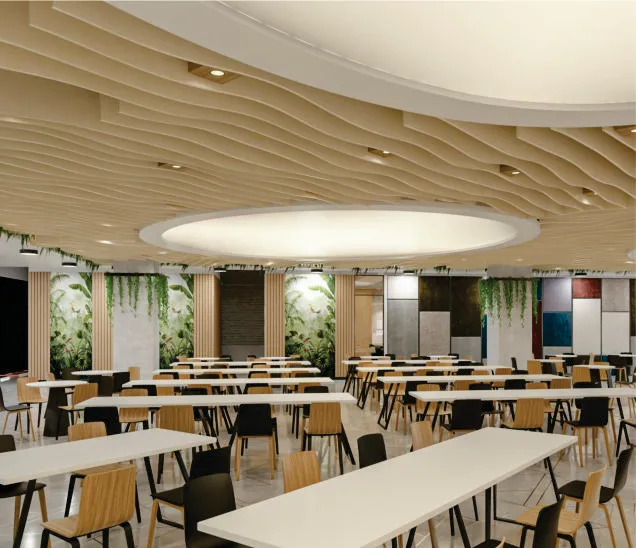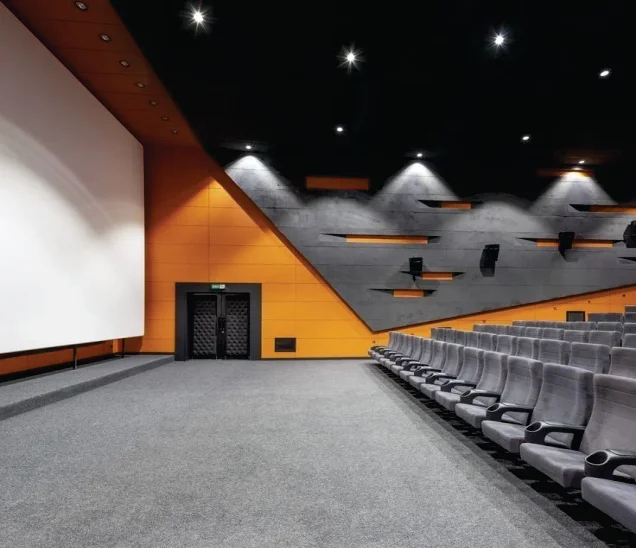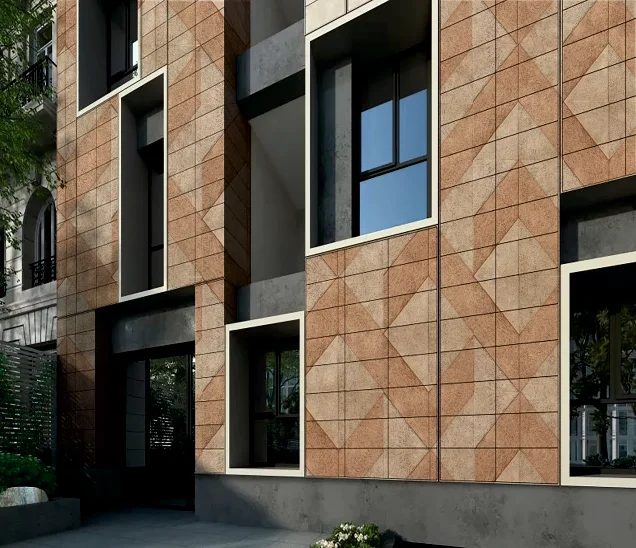Sound Absorption Treatment is the process of strategically installing absorbent materials within a space to reduce unwanted sound reflections. This technique minimizes reverberation and echo by converting sound energy into heat through friction within porous or fibrous materials. The result is a significant improvement in sound clarity, speech intelligibility, and overall acoustic comfort.
There are two primary international standards used to measure sound absorption:
Ceilings are critical in managing large-area reverberation, especially in open-plan or high-volume spaces like offices, auditoriums, or studios.
Conceptual Insights:


Walls are the largest reflective surfaces in most rooms and play a key role in controlling reverberation. Without proper sound absorption, walls contribute to flutter echoes and poor sound quality.
Conceptual Insights:
Floors mainly transmit impact noise, such as footfall, dragging furniture, or machine vibrations — known as structure-borne sound.
Conceptual Insights:


External building facades reflect environmental noise back into nearby areas or internal spaces through secondary paths like windows or curtain walls.
Conceptual Insights:
Windows allow not only light but also airborne sound into a space, compromising the acoustic envelope.
Conceptual Insights:


Doors are often the weakest link in an acoustically treated space due to gaps and poor material density.
Conceptual Insights: